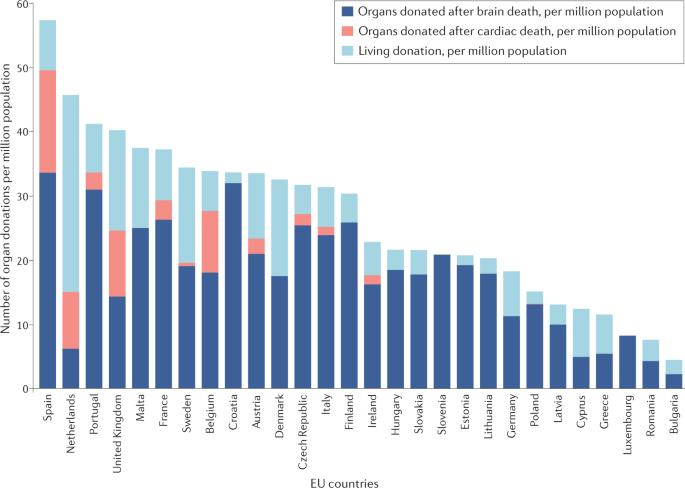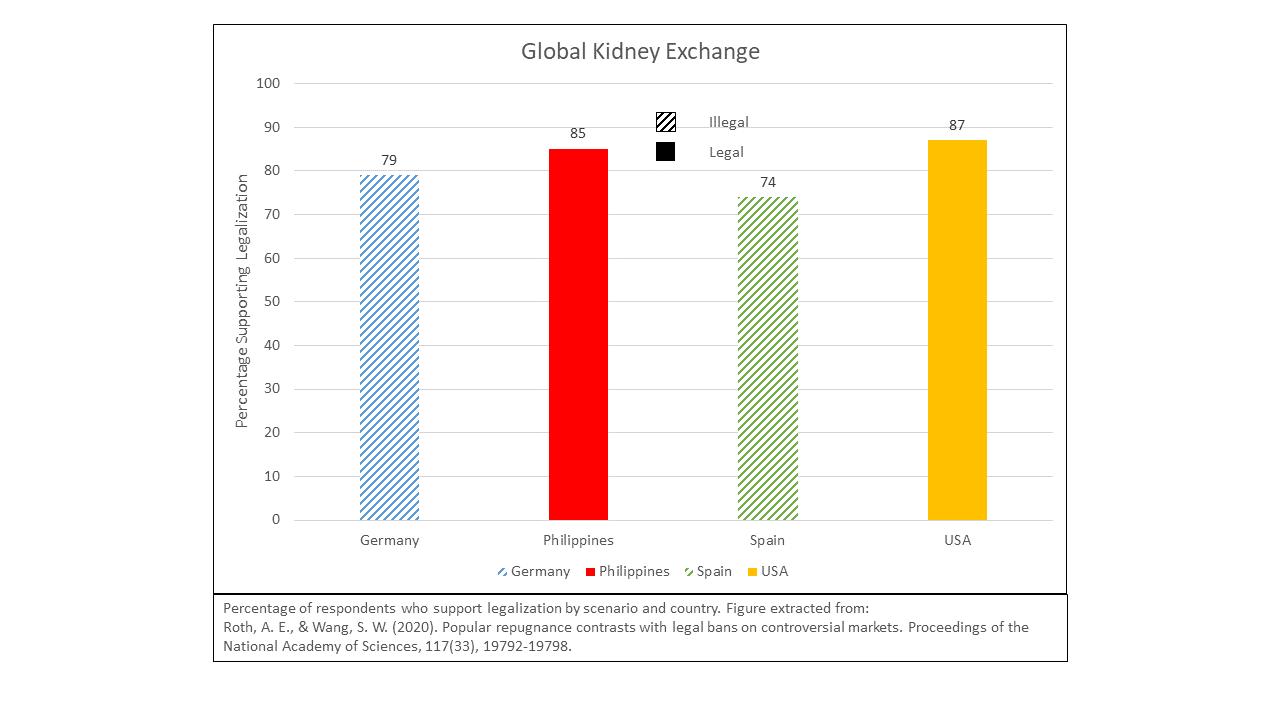A review of discarded kidneys from a large OPO revealed only modest margins for improved utilization.
Bunnapradist, Suphamai MD1; Rosenthal, J. Thomas MD1; Huang, Edmund MD2; Dafoe, Donald MD3; Seto, Tom PharmD4; Cohen, Aaron BS4; Danovitch, Gabriel MD1. Deceased Donor Kidney Nonuse: A Systematic Approach to Improvement. Transplantation Direct 9(6):p e1491, June 2023. | DOI: 10.1097/TXD.0000000000001491
"Background. A large number of procured kidneys continue not to be transplanted, while the waiting list remains high.
"Methods. We analyzed donor characteristics for unutilized kidneys in our large organ procurement organization (OPO) service area in a single year to determine the reasonableness of their nonuse and to identify how we might increase the transplant rate of these kidneys. Five experienced local transplant physicians independently reviewed unutilized kidneys to identify which kidneys they would consider transplanting in the future. Biopsy results, donor age, kidney donor profile index, positive serologies, diabetes, and hypertension were risk factors for nonuse.
"Results. Two-thirds of nonused kidneys had biopsies with high degree of glomerulosclerosis and interstitial fibrosis. Reviewers identified 33 kidneys as potentially transplantable (12%).
"Conclusions. Reducing the rate of unutilized kidneys in this OPO service area will be achieved by setting acceptable expanded donor characteristics, identifying suitable well-informed recipients, defining acceptable outcomes, and systematically evaluating the results of these transplants. Because the improvement opportunity will vary by region, to achieve a significant impact on improving the national nonuse rate, it would be useful for all OPOs, in collaboration with their transplant centers, to conduct a similar analysis."
...
"One posited cause for continued high nonuse rates is that transplant physicians are overly conservative, content with doing a small number of cases relative to the need. Both the existence of a “weekend effect”8 and a paper by French investigators stating 62% of kidneys not transplanted in the United States would be transplanted in France9 are used in support of this contention. Mistaken reliance on kidney biopsies is an additional factor implicated in inappropriate kidney nonuse.10 An alternative explanation is that transplant physicians and surgeons have not been persuaded that it is safe to transplant high-risk kidneys into older recipients based on retrospective registry studies.
"With this background in mind, and with a strong desire to respond to the imperative of increasing the use of heretofore nontransplanted kidneys, we undertook an analysis of unused kidneys in our OPO service area. Goal one was to understand the interplay of factors causing nonuse including donor demographics and biopsies. Goal two was to use the information from goal one to devise a plan to increase the kidney utilization rate in our service area.
"OneLegacy is the federally designated OPO for 7 counties in Southern California with a population of approximately 20 million. In 2019, which was chosen as the year of study because it was the last full year before the COVID-19 pandemic, OneLegacy served 10 centers with kidney transplant programs.11
"There were 1064 kidneys procured from 552 donors; 740 were transplanted and 324 were not transplanted. Forty-seven of the 324 (14.5%) were not offered for transplant because of absolute contraindications including cancers in the kidney, infections discovered during procurement, and abnormalities such as multicystic dysplastic kidneys. There were 5 surgical injuries (0.47%)—1 stripped ureter and 4 vascular injuries—all of which were determined to be nonrepairable by a transplant surgeon highly experienced with repair techniques. These kidneys were excluded from the study. The remaining 272 kidneys were offered for transplant and turned down by all local centers and, in turn, by all regional and national centers. Fourteen kidneys were provisionally accepted by and transported to nonlocal centers but, ultimately, not utilized due to prolonged cold ischemic times or findings on biopsies performed at the export center.
...
"One reason that the nonuse problem has proven intractable is that, even though it has been asserted that most nonused kidneys in the United States are safe to transplant, clinicians making the decisions in real time seem not to agree. Nor is there widespread enthusiasm for transplanting suboptimum kidneys into elderly recipients, despite papers promoting it,15 possibly because it is not entirely clear which older dialysis patients really benefit from transplantation.16
"The thought experiment of experienced local physicians reviewing procured but not transplanted kidneys appears to confirm this hypothesis. Despite French studies suggesting that 62% of kidneys not utilized in the United States would be transplanted in France, only 12% of kidneys were thus identified by our team of physicians, each of whom were highly motivated to reduce nonuse kidneys and highly knowledgeable about registry studies claiming safety of expanded donor criteria.10 If highly knowledgeable and experienced transplant physicians and surgeons—highly motivated to decrease nonuse—have not significantly changed kidney acceptance criteria, they are unlikely to be persuaded or respond to regulatory pressure to cause them to perform transplants that they feel would violate their responsibility to patients. Reducing the nonuse rate to ≤5% is unlikely under these conditions. Nonetheless, this experience does inform how improvement can occur.
"The alternative pathway to improvement in our service area is a more systematic prospective approach, in other words, an authentic clinical trial. The elements of such a trial would include codifying as precisely as possible the inclusion criteria for transplantable “suboptimal” donors, determining recipient criteria, extensive informed consent conversations, optimization of the organ offer process to minimize cold ischemia times, and outcomes tracking including quality of life and cognitive assessment. It should be decided in advance what will constitute an acceptable outcome for primary nonfunction and 1-y graft and patient survival."

.jpg)







